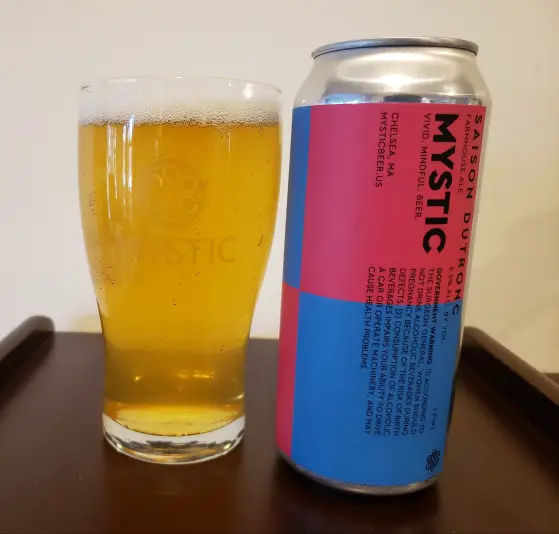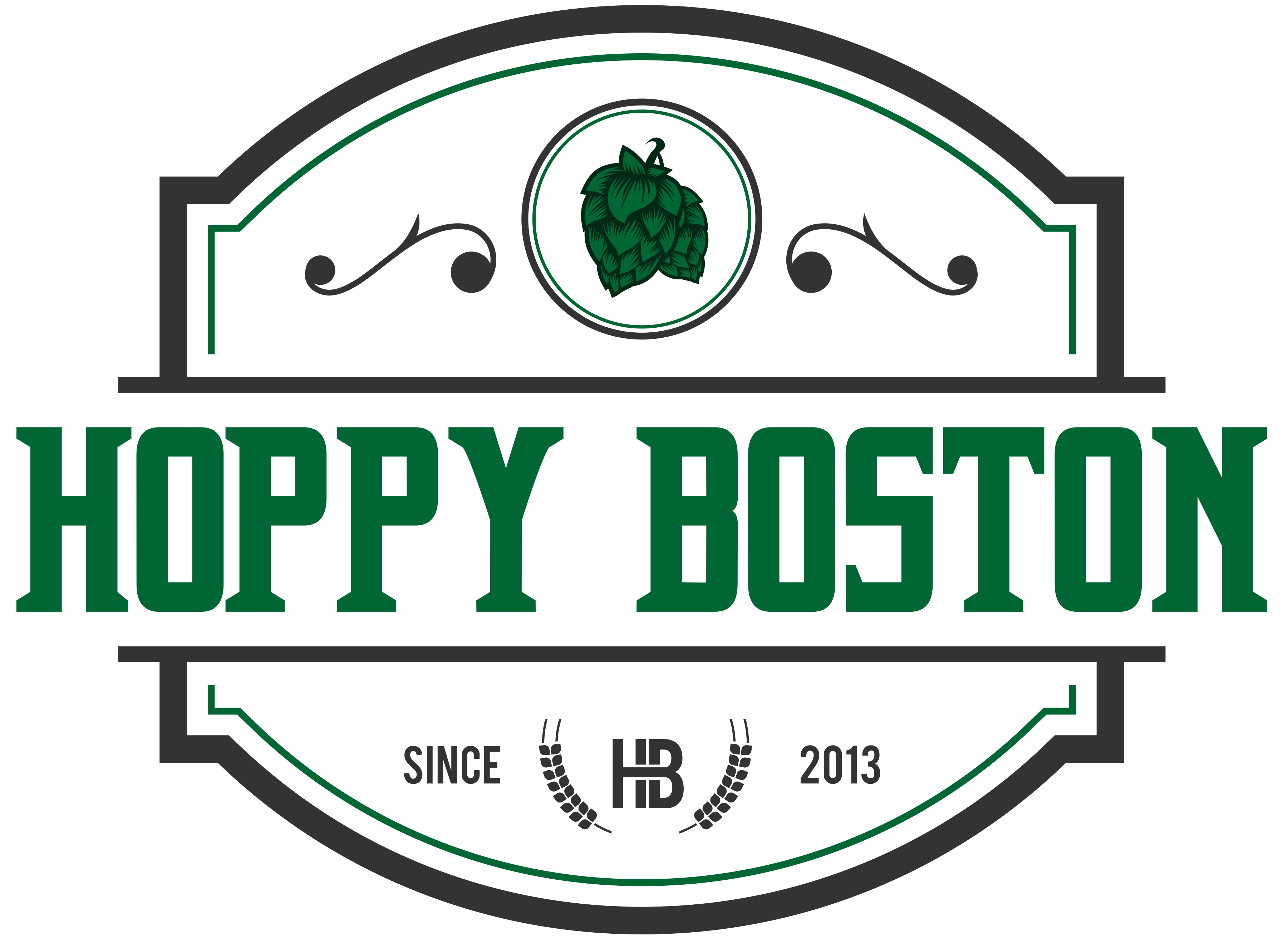
Last week I wrote an article about the saison style, why I love the style and why I am so disappointed that it doesn’t sell very well, leading some significant local breweries to cut back their production. I am going to keep harping on saisons this spring, and if the articles are ignored by all of the haze bros then so be it. For many years some of the best saisons in the area have been produced by Mystic Brewing Company out of Chelsea. Saisons used to compromise the vast majority of their lineup, with a few core beers, some different seasonal variants and a plethora of special releases. Unfortunately large format cork and cage bottles of saison got little buzz locally, so Mystic started making IPAs, and business took off. Now their lineup is loaded with IPAs, pastry stouts and fruited sours sold in cans, along with just a couple lingering saisons. Their flagship beer Saison Renaud was always bottle conditioned, so they tweaked the recipe to release it in cans and gave the new version a new name, Saison Dutronc. Mystic Saison Dutronc is available on a rotating basis on draft and in 16 oz cans.

Mystic Saison Dutronc pours clear light yellow with a solid white head. The aroma features plenty of Belgian style yeast, spicy and fruity. The yeast also leads the flavor, notes of peppercorn, barnyard, green apple and bubblegum. This is complemented by some floral and earthy hops and light bready malts. Saison Dutronc is light and easy drinking but has a little kick at 6.5% ABV. The finish is crisp and dry with some lingering flavors from the expressive yeast strain. This is a beautiful saison, it definitely has all of character of Renaud without the cork and cage bottles. I hope Mystic keeps making interesting Belgian styles to complement their new IPAs, they do them as well as anyone. Hoppy Boston score: 4.5/5.

The description of Saison Dutronic mentions a few twists to the Renaud recipe. One of those twists is being “light struck”. You should read Bryan’s post on the affects of light on Saison’s: https://www.beeradvocate.com/community/threads/lightstruck-saisons.391357/page-2#post-4613439
Thanks for passing that along, very interesting read! I think the major changes they made have to do with the lack of bottle conditioning (no exploding cans), but I am sure they also accounted for the changes in light exposure.